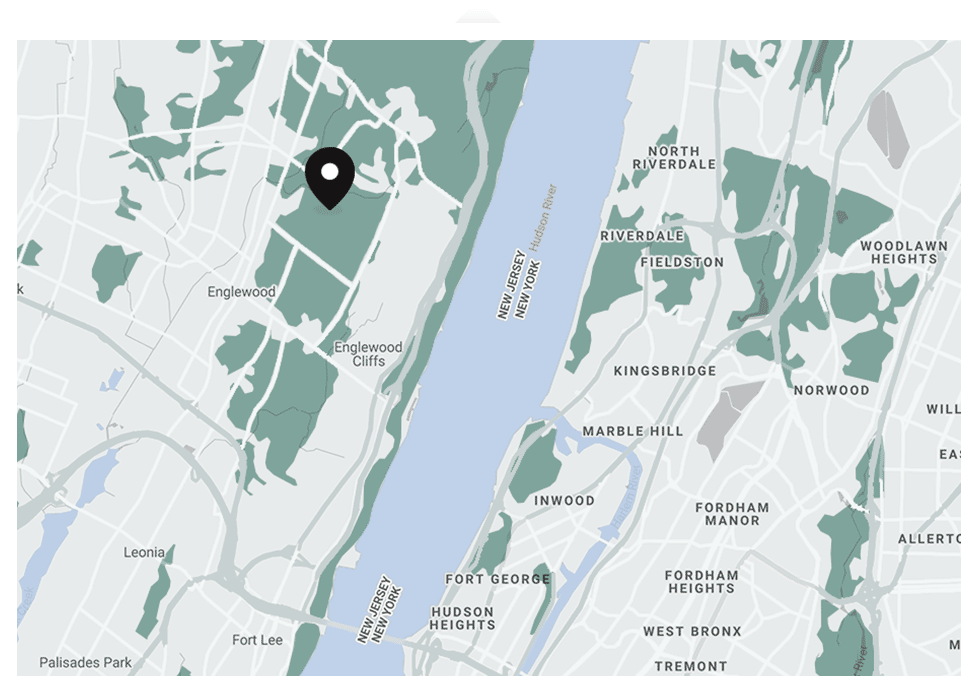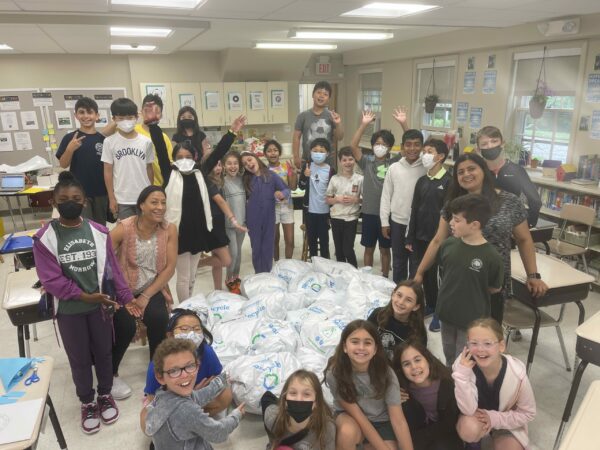Students gain a competitive edge with an intentional approach to learning
By Written by Kara Makohon-Moore; originally published in the Summer 2022 edition of “Apple Tree Magazine”
What skills do students really need to know?
How can we make learning more meaningful for students?
How can we make learning more transferable across disciplines and inspire and equip students to learn independently?
As you may recognize, these questions center around the student’s success skills and their transfer of knowledge. Content is important, yet with technology nowadays, children have access to so much content all the time. How they understand, analyze, and interpret the content is more critical now than ever before, hence the shift in the questions educators ask.
At EMS, we use a project-based learning (PBL) approach, drawing connections between disciplines through lessons that integrate skills learned from one lesson with another, while topics and questions that arise during discussions empower them to become effective and informative learners. They are encouraged to have a voice in the classroom and choose meaningful topics that focus on community service or answer complex real-world problems, providing students with a sense of agency.
According to PBLWorks, a recognized authority on project-based learning for more than 20 years, PBL requires critical thinking, problem solving, collaboration, and various forms of communication. Importantly, with PBL, students are engaged with learning throughout the process. Instead of doing a short project that covers the content from a unit after it’s taught (referred to as a “dessert project” by PBLWorks), students learning through PBL enjoy a substantial “main course,” in which the project is the unit and a vehicle for teaching. To answer a driving question — an essential component of PBL — and create high-quality work, students need to do much more than remember information. They need to use higher-order thinking skills and learn to work as a team.
Project-based learning on the forefront
Over the last few years, the education landscape has shifted, and educators have begun intensively analyzing the approach to teaching. As we strive to provide the best education for your children, a PBL approach offers the best of the old and the best of the new: combining the rich curriculum of academics blended with current, real-world, and complex problems that students and others face today.
Our experience with using PBL as a teaching model goes as far back as Elisabeth Morrow discussing how students’ arithmetic problems are “not just done by paper and pencil, but involve, for instance, a certain amount of measuring and planning for the class vegetable garden, or rabbit hutch.” After a recent study of PBL, we saw that the outcomes of a PBL classroom include:
- strengthened student engagement,
- improved learning and retention of information,
- achievement improvement across subject matter areas, and
- interest and engagement from students from all types of backgrounds.
Exercising student agency
When we provide students with the necessary skills — communication, collaboration, critical thinking, problem-solving — to be successful in the PBL process, students take charge of their own learning. A “gold-standard” PBL approach should connect the student’s hand, mind, and heart with projects that matter. It helps students learn to do and learn to be while allowing students to explore their interests, find passion, and challenge themselves. PBL units start with an open-ended driving question that frames the lesson while being engaging for students and aligned with learning goals.
Earlier this year, our third-graders began a study of natural disasters shortly after Hurricane Ida, which many students had personal connections to, or at least an awareness of from the news. This prompted students to ask questions about other natural disasters. The PBL format allowed the third-graders to dig deeper into a natural disaster of their choosing and create projects that were meaningful to them. The project’s driving question was: How can we keep our communities safe during natural disasters? Students identified what communities can do before severe weather strikes to reduce its impact and researched which communities and members are more at risk. While going through the inquiry process, students figured out ways people can work together to ensure safety for all. They had time to give and receive feedback and reiterate throughout the inquiry process by asking questions, providing constructive feedback, and critiquing work to make their products more meaningful and successful. When it came time to share their ideas with a wider audience, they were just as thoughtful about their delivery methods.
“One student wrote wildfire facts on popsicle sticks, while another created newspaper articles about flood warnings. A fan to cool down lava during a volcano eruption, a diorama of a tsunami, and a 3D poster about hurricanes were just a few of the creative and engaging ways third graders chose to present their findings,” says third-grade teacher Laura Greenlees.
In the spring, our second-grade students explored how the food we eat connects us to people around the world. They engaged in hands-on PBL to further develop their understanding of culture and traditions, history, economics, math, and science — by planning a food truck business. The driving question for this unit was: How can I create a food truck that people want to come to? This question connects the social studies theme of how people connect with one another to seeing the value of each other’s cultures. Mindful of global supply chains, sustainability efforts, and price sensitivity, they designed menus and marketing strategies. They even created a model food truck with kitchen interiors planned to scale. Serving traditional and inventive cuisines from across the globe, students refined their menus and pricing through the iterative process of trial and feedback. Some also chose an organization to help support by donating some of their profits, an example of the 4 C’s.
Second-grader Sebastian B. says that he learned that “food can be shipped from Australia to the United States,” and if he were to continue this project, he would like to find out how long it would take people to catch fish and then transport it here.
Aligned with celebrating Earth Day in April, our kindergartners embarked on their first experience with a PBL unit in science class. The driving question for the project asked: How can we reduce the impact on living and nonliving things in our local environment? After exploring living and nonliving things found on our campus, students began asking questions and making connections regarding the impact we have on land, air, and water. The topics most impactful to them were water, electricity, and recycling. Students investigated where our water comes from, how electricity is sent to our homes and schools, and how recycling actually happens at a center. After many brainstorming sessions, students communicated ideas to help save on our consumption of water and electricity, and reduce trash by recycling.
As we continued to think about our place on Earth and furthering its sustainability, our fourth-grade students completed a unit that encompassed activism and service learning. After exploring the driving question: How can we make change happen in our community?, students set out to understand how individuals and groups make lasting impacts and the organization that goes into starting a movement. With much thought and focus on all of the student-directed topics, they launched a sneaker drive and collaborated with Got Sneakers to collect shoes, donating those in good condition and recycling the rest. The students encouraged others to join by creating posters and flyers and presenting their case for participation in each of the Little School classrooms and during a Morrow House assembly. They arranged bin collection locations, scheduled pick-ups, and organized and bagged the sneakers. It was a successful effort that diverted 19 bags of sneakers from landfills.
“Our students grew so much from choosing a cause, coming to a consensus, and then designing an approach to reach and inform their community,” says fourth-grade teacher Natasha Pronga. “The collaboration, collective research, public speaking opportunities with students, families, and administrators gave them a sense of leadership and also helped them realize the power of their voice and collective action.”
There's No Better Time to Support Your Child's Education
Every time you donate to one of Elisabeth Morrow's dedicated funds, you help enrich the daily experiences of our community on campus. STEAM spaces are improved, library catalogues expanded, scholarships are funded, and teachers are hired. Every day, you can see the impact your generous donations have on campus.


